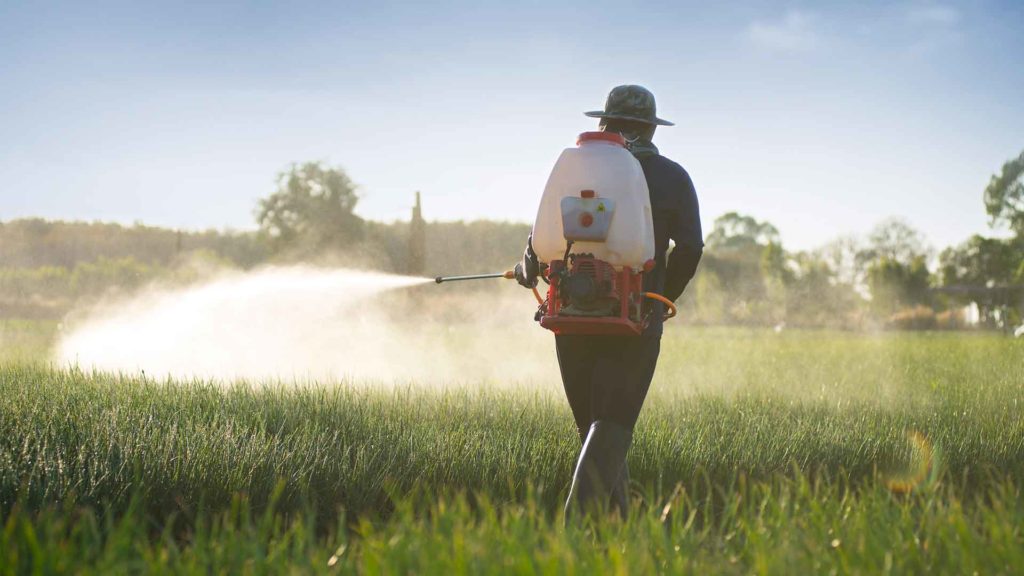The Reality of Food Insecurity
Food insecurity is a serious and growing problem in America. One in eight individuals is currently facing this issue, which means they don’t have reliable access to affordable and nutritious food. This leaves millions of people struggling to put food on the table daily. Boron is a key nutrient that has been largely overlooked in the conversation about food insecurity. It helps to boost crop yields and increase micronutrient density.

Food Insecurity
What does Food Insecurity Mean?
Food insecurity affects people of all ages, genders, and backgrounds, leaving them without access to nutritious food or having to choose between food and other necessities. This can lead to health concerns such as obesity, anemia, and developmental delays in children.
It’s important to understand that hunger is more than just an uneasy sensation; it entails physical effects that can have long-term consequences if not addressed.
The U.S. Department of Agriculture defines food as a “household-level economic and social condition of limited or uncertain access to adequate food.”
Millions of Americans at Risk
According to Feeding America reports, more than 34 million people, including 9 million children, experience food insecurity in the United States. Others, like low-income families, single-parent households, black or Hispanic households, and those living in rural areas, also experience food insecurity.
Seniors, young children, and pregnant women may also be particularly vulnerable to food insecurity due to their nutritional needs being greater than most other population groups and having limited resources available for accessing adequate nutrition.
Domestic violence has long been an issue, and food insecurity can be seen as an aggravating factor in many cases. Not only does this have physical consequences for those affected, but it also leaves victims with ongoing mental health issues and decreased self-worth.
This issue can lead to poor health outcomes by depriving individuals of the necessary nutrients for proper growth and development.
A person’s family’s medical history influences the capacity to metabolize food. Chronic malnutrition may increase a person’s risk of developing crippling diseases like cancer, diabetes, or arthritis. Various boron-rich foods and supplements can greatly benefit our health by decreasing the risk of developing these diseases.
Additionally, food insecurity can ripple effect throughout communities by impacting local economies, public health programs, and educational achievement.
Indicators to Measure Access to Food
1. High food security:
Households that experience high levels of food security can access sufficient and nutritious foods and enjoy a sense of freedom from the anxiety associated with having limited or uncertain access to those same items.
2. Marginal food security:
Households that experience marginal food security have limited resources and are often forced to rely on low-cost, energy-dense items such as packaged snacks or fast foods.
3. Low food security:
Low food security damages individuals and families, often leading to poor nutrition, health problems, and lower educational outcomes. It mainly concerns children in the early stages of development, where even minor diet disruptions can have long-lasting effects.
4. Shallow food security:
Households facing very low food security may struggle to pay for necessities such as rent or medical bills, putting them at risk for homelessness and other challenges that hinder economic stability.
The Impact of Unreliable Access to Food
The World Health Organization estimates that food insecurity in developing countries can lead to decreased economic growth, reduced labor productivity, and higher poverty levels. This results in job losses and fewer resources available for development projects, leading to further decreases in quality of life.
Additionally, the lack of access to proper nutrition can cause physical and mental impairments, limiting an individual’s ability to find employment or succeed if they manage to secure employment.
These effects combine to create a vicious cycle that could lead to economic underperformance, reducing access to food and exacerbating the issue.
The Difference Between Food Insecurity and Hunger
Food security measures the ability to access food, while hunger is measured as an individual’s experience of not having enough food to eat. Various factors, such as poverty, lack of infrastructure in communities, and war or other conflicts, can cause hunger. It can also be related to health issues like malnutrition and eating disorders.
Hunger focuses more closely on the physiological aspects of need than those that measure food security. To assess hunger levels, researchers look at weight loss, reduced physical activity due to lack of energy, skipping meals due to cost and difficulty accessing food, and other types of experiences.
In more extreme cases, people may even resort to begging or stealing for food when they cannot provide adequate nourishment for themselves or their families.
Food security and hunger are clearly distinct concepts, but they are closely intertwined. Food insecurity can lead to hunger, as people may not be able to afford or access adequate food resources.
In addition, hunger can make it even more difficult for individuals to improve their economic situation and gain better access to healthy food options. Policymakers, governments, and organizations need to understand both food security and hunger if we want to create practical solutions that address both issues.
In managing and ensuring food security, boron is important. It can provide a solution at a time when international officials are considering ways to combat hunger and manage food.
Building a More Sustainable Food System
Food systems are pivotal to achieving Sustainable Development Goals. When transformed into resilient and sustainable models, food systems can feed more people with healthier diets while ensuring environmental sustainability.
This means promoting a shift towards healthy diets, investing in agricultural productivity, reducing losses and waste along the supply chain, and ensuring that food’s value is equitably shared across the entire food system.
One of the most effective ways to increase crop growth and yields is by using boron on fields. Boron helps crops absorb necessary nutrients, selectively reducing or eliminating harmful components in the soil and acting as a pesticide.
This can drastically improve harvest quality over time and lead to higher yields season after season. Applying boron before planting is essential for gardening success, as it helps create ideal conditions for optimum crop growth.
At its core, resilient and sustainable food systems need policies that align with human rights-based approaches, gender equity, and social inclusion. This requires governments to create an enabling environment for private sector actors to invest in processes that will make food systems more resilient.
An Ongoing Issue
Hunger is a genuine issue for many people in the United States. What may be surprising to some is that this problem exists not only in rural and low-income areas but also in suburban and affluent neighborhoods. The good news is that there are ways we can all help address this major challenge to securing food in our communities.





